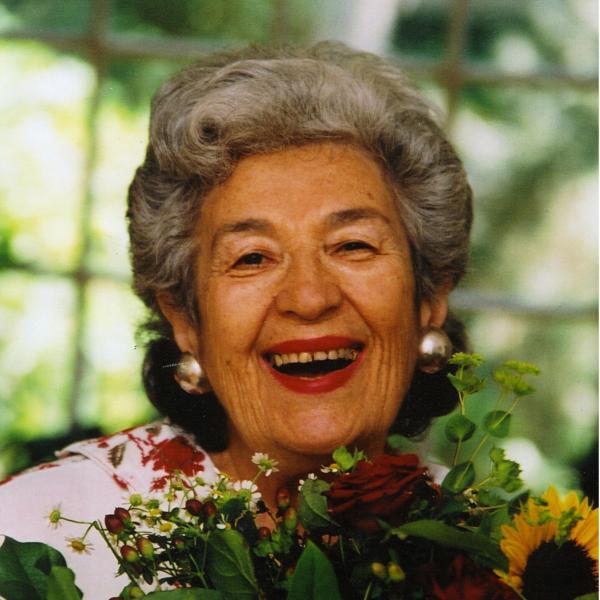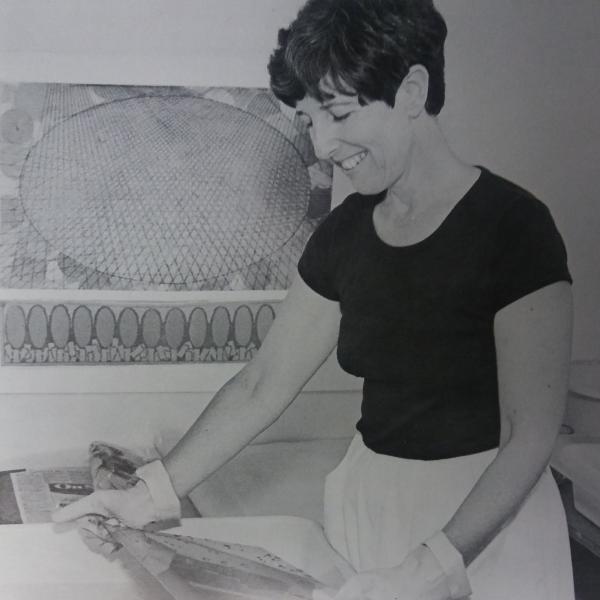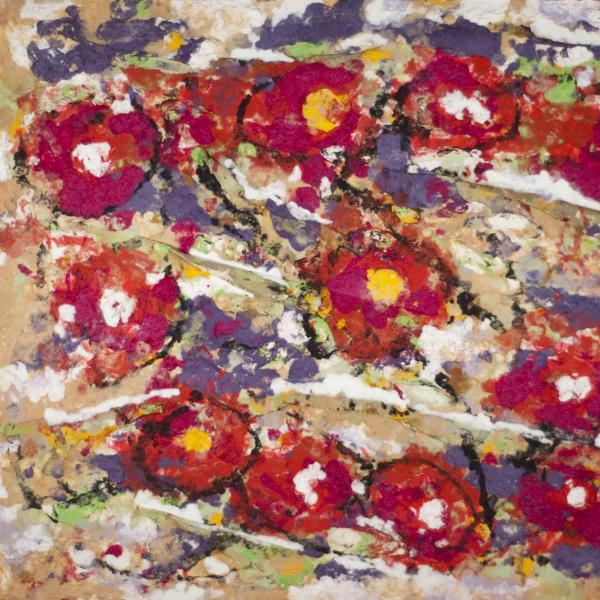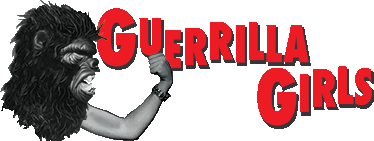
Miriam Schapiro Archives on Women Artists: About
Miriam Schapiro (1923-2015) was a feminist artist, educator, and collector. She is known as one of the mothers of feminist art of the 1970s. In addition to creating artwork celebrating women artists, she was a founding member of Heresies Collective, New York Feminist Art Institute, and brought the Feminist Art Program to the California Institute of the Arts with Judy Chicago. The collection contains correspondence, artwork, teaching files, lectures, writings, documentation of artwork and exhibitions, gallery files, photographs, audio/visual recordings, and collected material. Rutgers SC/UA is continuing to collect articles and ephemera documenting Schapiro's continuing career. Image Courtesy of the Schapiro Estate.
- Finding Aid Available
- 91 record center cartons, 14 newspaper boxes, 6 high density photograph boxes, 5 map drawers, and 4 manuscript boxes.



































